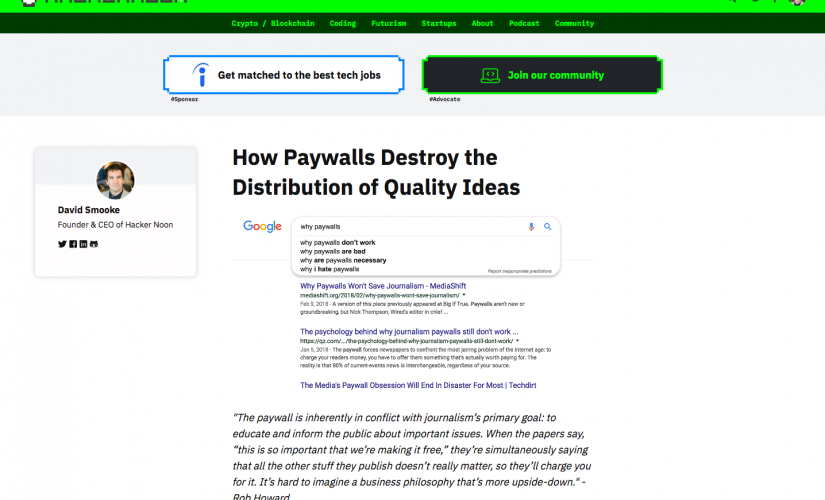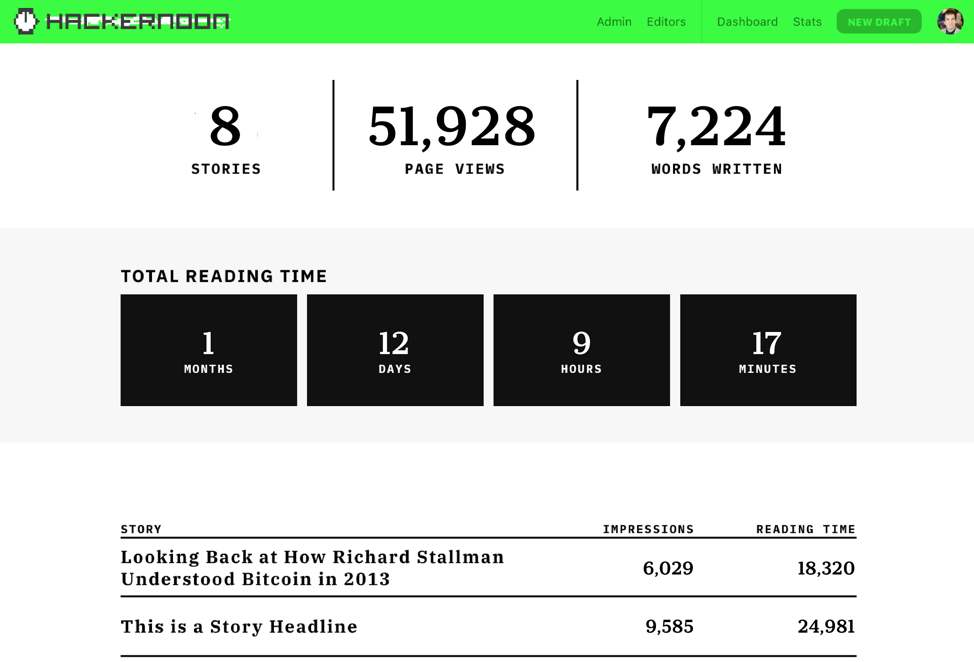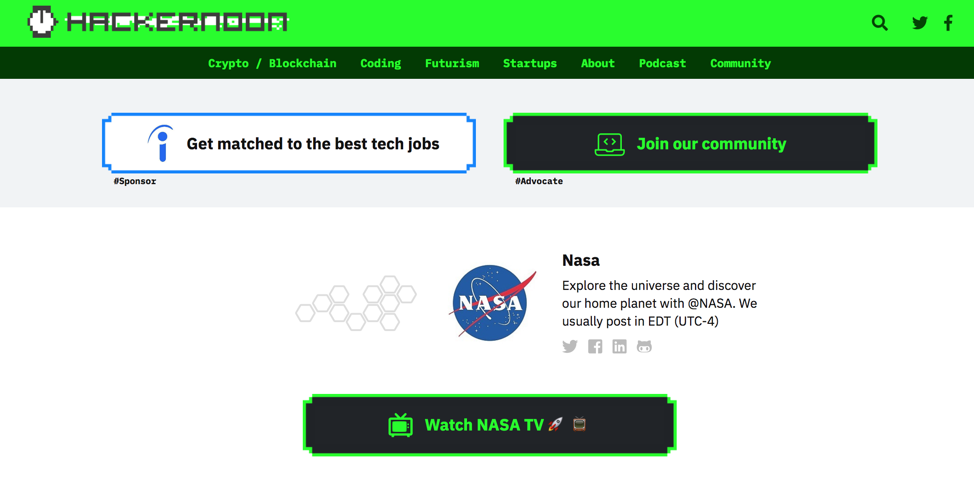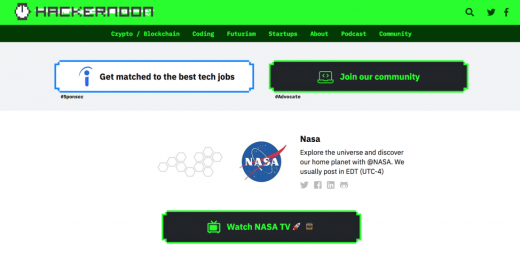Hacker Noon Rips Out Medium’s Software, Replaces it With Their Own
Hacker Noon Rips Out Medium’s Software, Replaces it With Their Own

No technology is truly free. When you grow using someone else’s software, what’s to stop them changing their software to capture your growth? Or rip the software off your site altogether? Or simply run pop-up ads on your content?
As Medium pivots to a paywall model, top-rated independent publishers who used their free software are leaving left and right, but most are replacing their content management systems with established players like WordPress and Ghost. Hacker Noon decided to build its own software from the ground up.
“We’ve moved from being just a publishing company to also becoming a software company,” said Hacker Noon Founder & CEO David Smooke. “This is the first version of our publishing platform. It’s very far from complete, and our contributing writers will be integral into shaping what complete actually looks like. At the end of the day, Hacker Noon provides a digital experience to read and write about technology, and our ceiling as a company could not be reached without us making the software choices for our digital experience.”
It took Hacker Noon about half-year to build its own publishing platform – and that was possible because they raised $ 1M from 1200 people via equity crowdfunding. After the raise, Hacker Noon expanded from the husband and wife team of David and Linh Dao Smooke to 6 person full-time team, including Chief Product Officer Dane Lyons, who’s built most of the platform to date.
The new platform doesn’t have all the bells, whistles, claps and personalizations of the Medium’s software, but it is a simple way for anyone to write a tech story, have it reviewed and improved by a professional editor for distribution. After receiving a $ 100k grant from Google, Hacker Noon built their backend atop Google’s Firebase, and this is the backbone of the writer stats page. The company’s design choices imply that writers should optimize for words written and time reading created:

Photo: Example of Hacker Noon’s Writer Stats Page
What will separate Hacker Noon as a destination for contributing writers? First off, the content is owned by the writers and Hacker Noon publishes it with a non-exclusive license, so writers can always publish their stories elsewhere too. That’s how they did business in their 1.0 site (where they averaged upwards of 8M monthly pageviews) and that’s how they’ll continue doing business in Hacker Noon 2.0.
But there will be some key differences for contributing writers in their new platform. For example, the company has eliminated Medium’s pop up advertisements for the paywall and account creation. They also see taking the next step as empowering contributing writers to control the call to actions on the platform itself.
“Everyone has somewhere on the internet they want to drive traffic to,” said Smooke. “Whether it’s getting newsletter subscribers, candidates for a job opening, or just driving traffic back to their personal sites, contributing writers should have the right to choose what call to actions their profile page offers.”

Photo: An example of how an organization like NASA could drive traffic from their stories to their Live Streaming TV channel
In the world of tech blogging, there’s always a balance between distribution and control. If you publish on someone else’s platform, they can always change how the platform works. If you build your own site, it’s a lot of upfront work and the distribution starts at zero. Hacker Noon may be approaching a sweet spot, where contributing writers can gain more control of what their stories promote; while supplying editorial support and better distribution for every story. We’ll see.
The post Hacker Noon Rips Out Medium’s Software, Replaces it With Their Own appeared first on ReadWrite.
(36)


